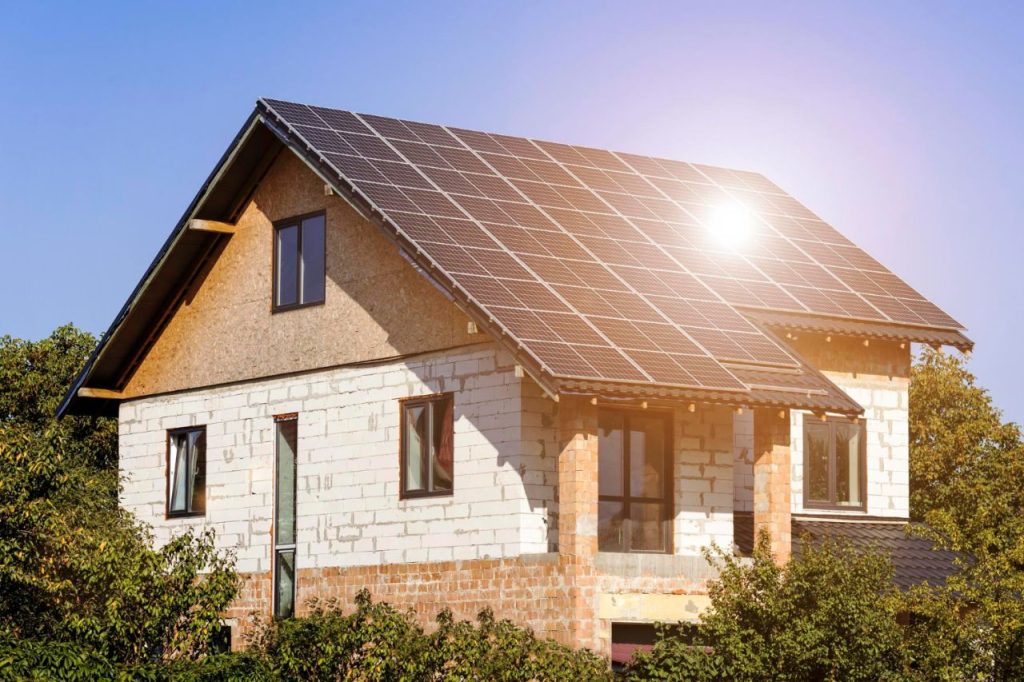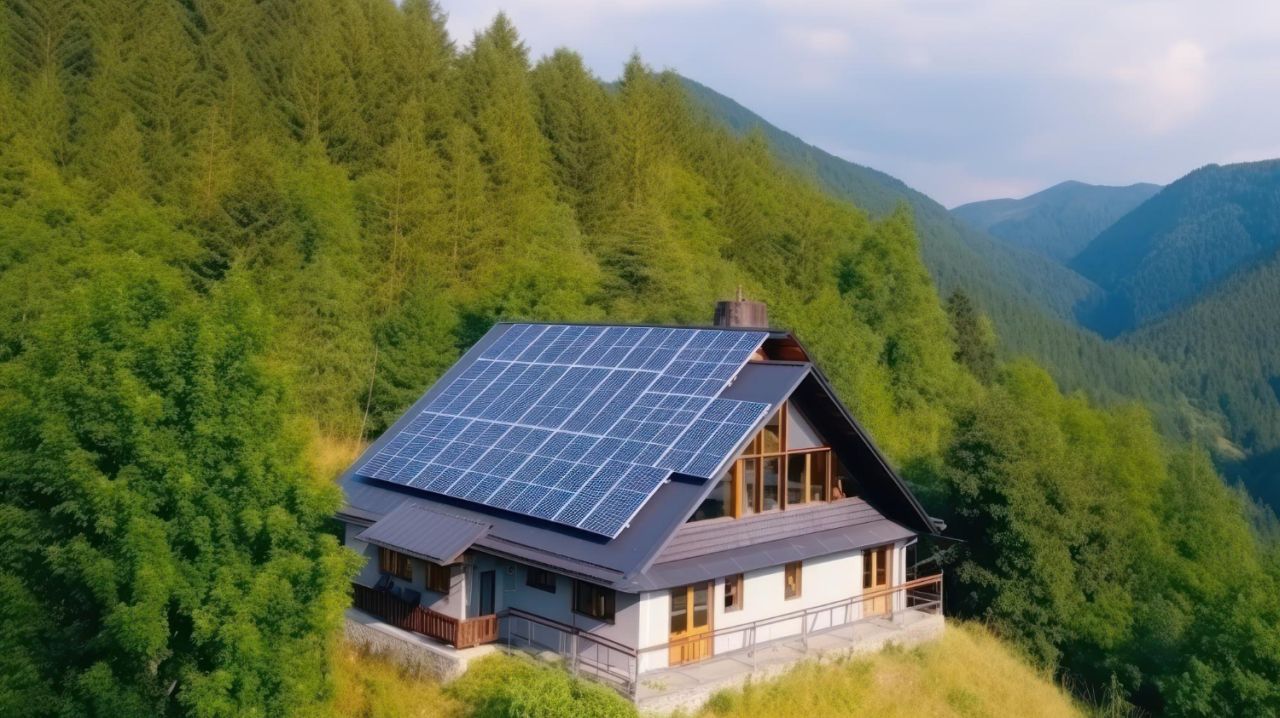Australia is simply the best when it comes to rooftop solar—and the boom’s only just beginning. Millions of households have adopted solar to cut energy bills and emissions, pushing the country toward a tipping point in how energy is made and used.
But what’s in store? Will solar one day power every house? And how significant are the panels we choose today in shaping tomorrow’s energy system?
This deep dive explores where solar is heading in Australia, how homeowners are driving the transition, and how the right decisions now can future-proof your investment.

Where Solar Stands Today in Australia
Australia has one of the highest per-capita adoption rates of solar energy in the world. More than 3.4 million rooftops are now equipped with solar panels, delivering clean energy directly into homes—and often back into the grid. On sunny days, especially in South Australia, rooftop solar can supply more than half of the region’s power demand.
That growth isn’t accidental. With rising power bills, generous government incentives, and Australia’s naturally high solar exposure, homeowners are increasingly taking energy supply into their own hands. Many families are now seeing real savings, with some systems paying for themselves within five years.
But the next wave of solar energy in Australia will involve more than just lower bills. It’s not just about syncing with a Tesla battery. It’s about creating a flexible, efficient, decentralized electricity network—where solar plays a central, permanent role.
Can Solar Panels Fully Power the Modern Australian Home?
The answer is yes, in many cases. With the right-sized system, an average household’s electricity needs can be met all day. But achieving full energy independence depends on more than just the number of panels.
Factors such as your home’s energy consumption, the amount of direct sunlight it receives, and whether you add battery storage all play a role.
These systems perform best in homes that already use energy-efficient appliances and practice smart consumption. In sunnier regions, it may even be feasible to go off-grid for much of the year, especially with storage.
“For a detailed look at this topic, Solar Flow’s article on whether solar panels can fully power a home is a helpful starting point.”
Still, most homeowners remain connected to the grid. This allows them to draw power during extended cloudy periods (especially with net metering) and benefit from feed-in tariffs when excess energy is sent back into the grid.
Better Panels, Bigger Returns
With solar prices dropping, it’s tempting to focus on cost alone. But for long-term performance, panel quality is one of the most important factors in a system’s success.
Higher-quality panels are more efficient, producing more power from the same amount of sunlight. Over time, this added efficiency can lead to substantial savings, especially as utility prices continue to rise. Durability also matters: established brands tend to degrade more slowly and retain their output potential even after 25 years.
Cheaper panels might save money up front, but they often degrade faster, generate less power over time, and may be harder to support under warranty. If you’re unsure how to evaluate panels, it’s worth learning why quality matters, even as solar tech evolves rapidly.
What you install today affects not only your immediate savings but also how seamlessly your system can integrate with future upgrades, like batteries, smart homes, or EV chargers.
The Grid Is Changing—and So Is Your Role
Electricity traditionally came in one way: from fossil-fuel burning, delivering power into people’s homes. But with the growth of solar, Australia is rapidly transitioning to a two-way energy system where homes can produce, store, and even send electricity back to the grid.
This change is fundamentally altering how the grid operates. Increased solar generation at midday has posed a challenge for grid operators and power utilities, especially in states with high rooftop adoption. To deal with that, the grid is being fitted with smart metering, real-time monitoring, and flexible export systems allowing energy to be shared more effectively.
That spells a greater responsibility for homeowners to figure out when power will be used and how. Today, systems commonly come with monitoring apps, time-of-use settings, and dynamic feed-in rates. Which is why, if you take the time to understand your options, the best set-ups, such as solar net metering, enable you to make the most of valuation by sending power into the grid at peak times — and storing it when prices go south.
Storage Is the Missing Piece
Despite all the advancements, solar’s biggest limitation remains—the sun. Once it sets, your panels stop producing, and most households use the bulk of their electricity after dark. That’s where battery storage becomes crucial.
Battery adoption is growing quickly, especially in areas with time-of-use tariffs and low feed-in rates. Systems like the Tesla Powerwall or LG Chem RESU let homeowners store excess energy during the day and use it at night, boosting energy independence and providing backup during outages.
Sure, batteries are still a major investment. But their long-term value—in savings, security, and self-reliance—is becoming hard to ignore. As battery adoption grows, we’ll also see the rise of Virtual Power Plants (VPPs), where communities pool stored energy to support the grid and even profit from it.
For even deeper independence, combining solar with a heat pump can take hot water off the grid, too, further enhancing household sustainability.
The Outlook for Public Support
While early rebates have faded, public and policy support for renewables remains strong. The federal Small-scale Renewable Energy Scheme (SRES) still provides financial assistance through Small-scale Technology Certificates (STCs) to reduce the upfront cost of solar installations.
Some states also offer battery rebates or no-interest solar loans to make clean energy more accessible. Feed-in tariffs are still around—though they’ve shrunk—so it may soon be more beneficial to use stored energy yourself than sell it back to the grid.
If you’re looking for smart, real-life strategies, Solar Flow’s guide to lowering your electricity bill is a great place to start.
Looking Ahead: Solar as the New Normal
Not long ago, solar was considered a “green upgrade” with a 10+ year payback period. That mindset is fading fast.
Now, we’re entering an era of flexible, responsive solar systems—ones that adapt to your energy usage, integrate with electric vehicles, and contribute to local microgrids. This will also impact government planning, as rooftop solar becomes a key factor in national energy security and emissions targets.
It’s critical that homeowners don’t just watch this shift happen—they become active participants in building a smarter, cleaner, more resilient grid.
For those considering an install, understanding your roof orientation and local solar conditions will optimize performance in the long run.
Final Thoughts
The world ahead: Solar in Australia is no longer just about saving money. It’s about control, independence, and long-term sustainability. By choosing quality panels, preparing for battery storage, and staying informed about policy shifts, you can make smart choices today and reap the benefits for decades.
Solar isn’t just the future. It’s already here. And it’s only getting brighter.
